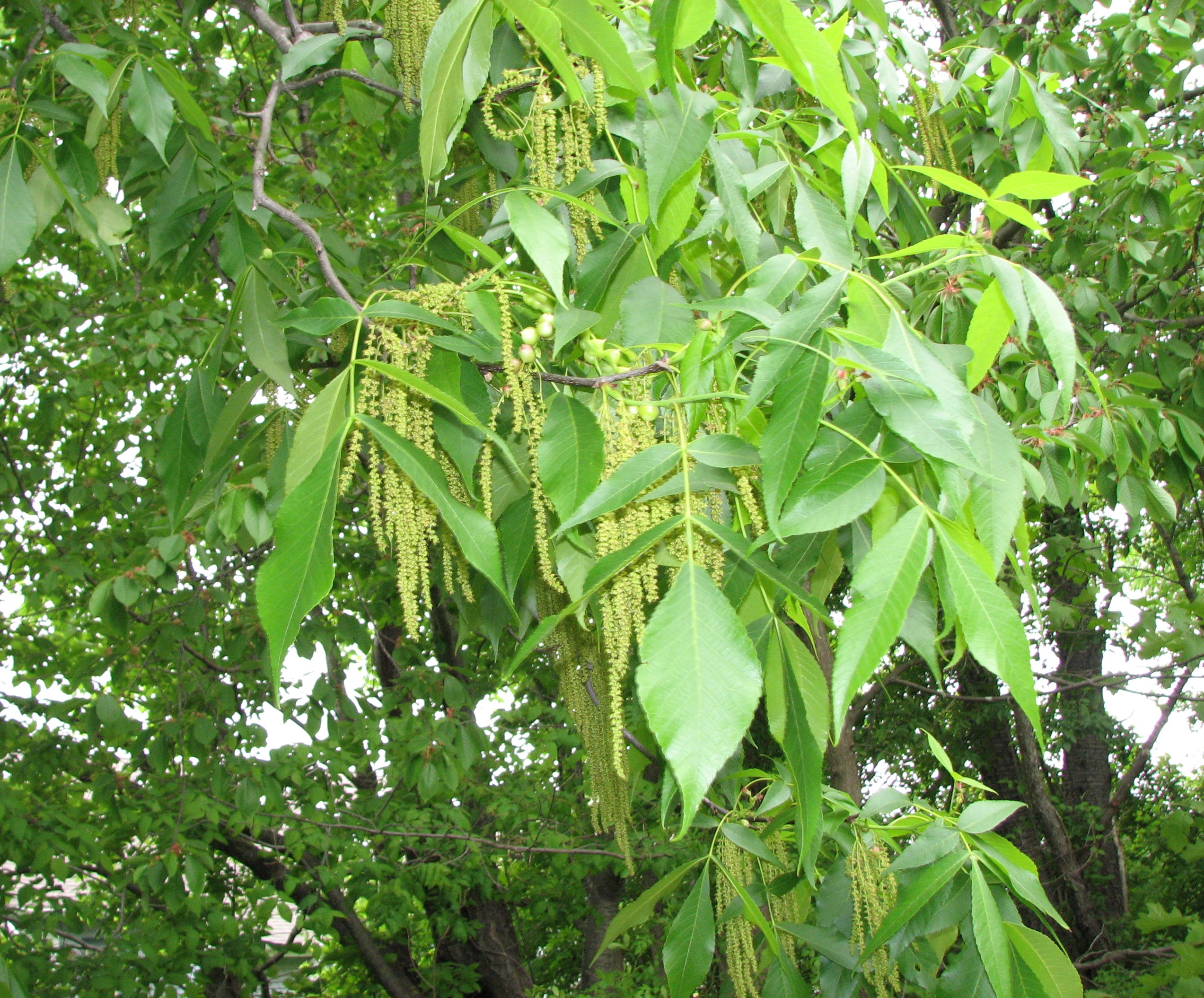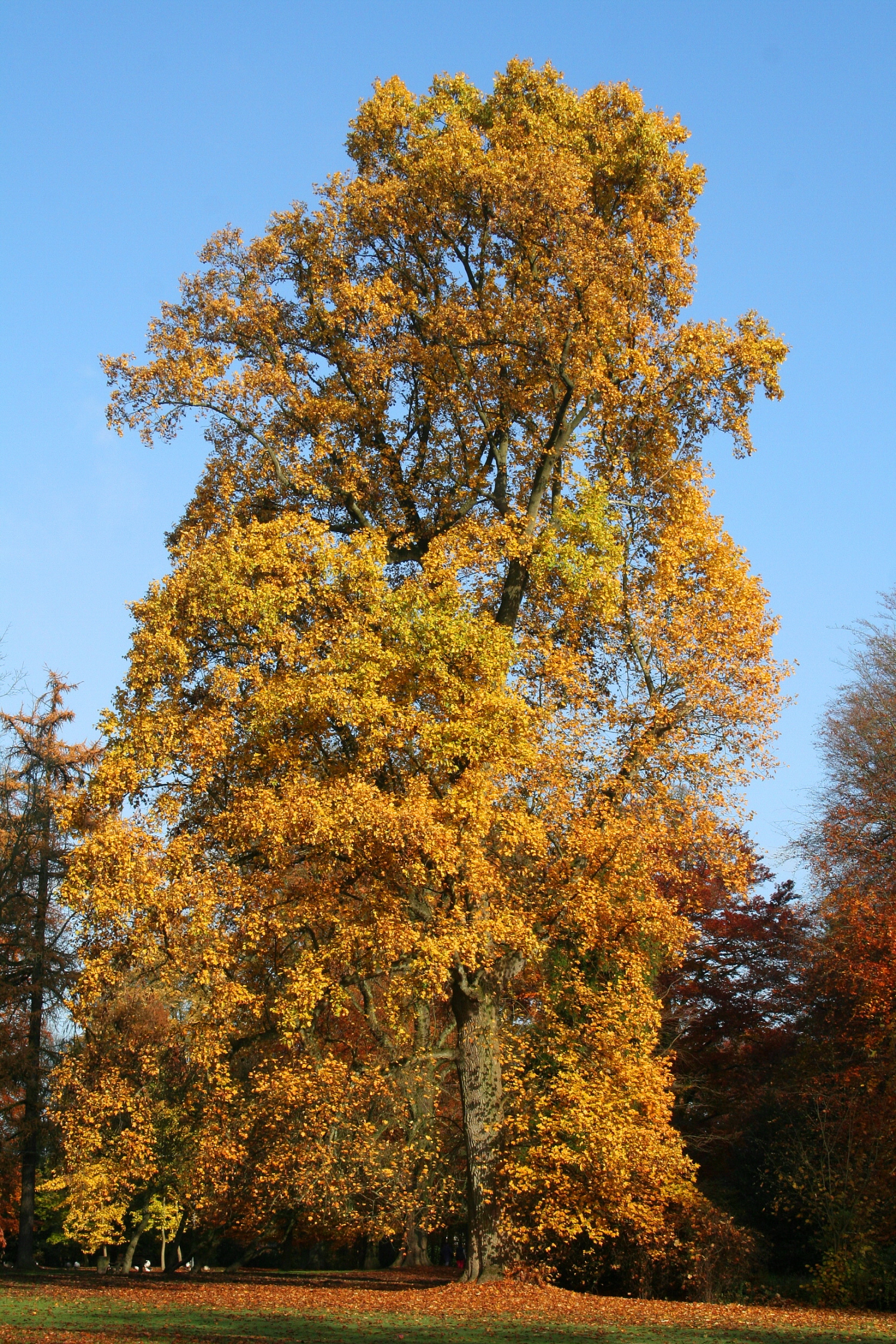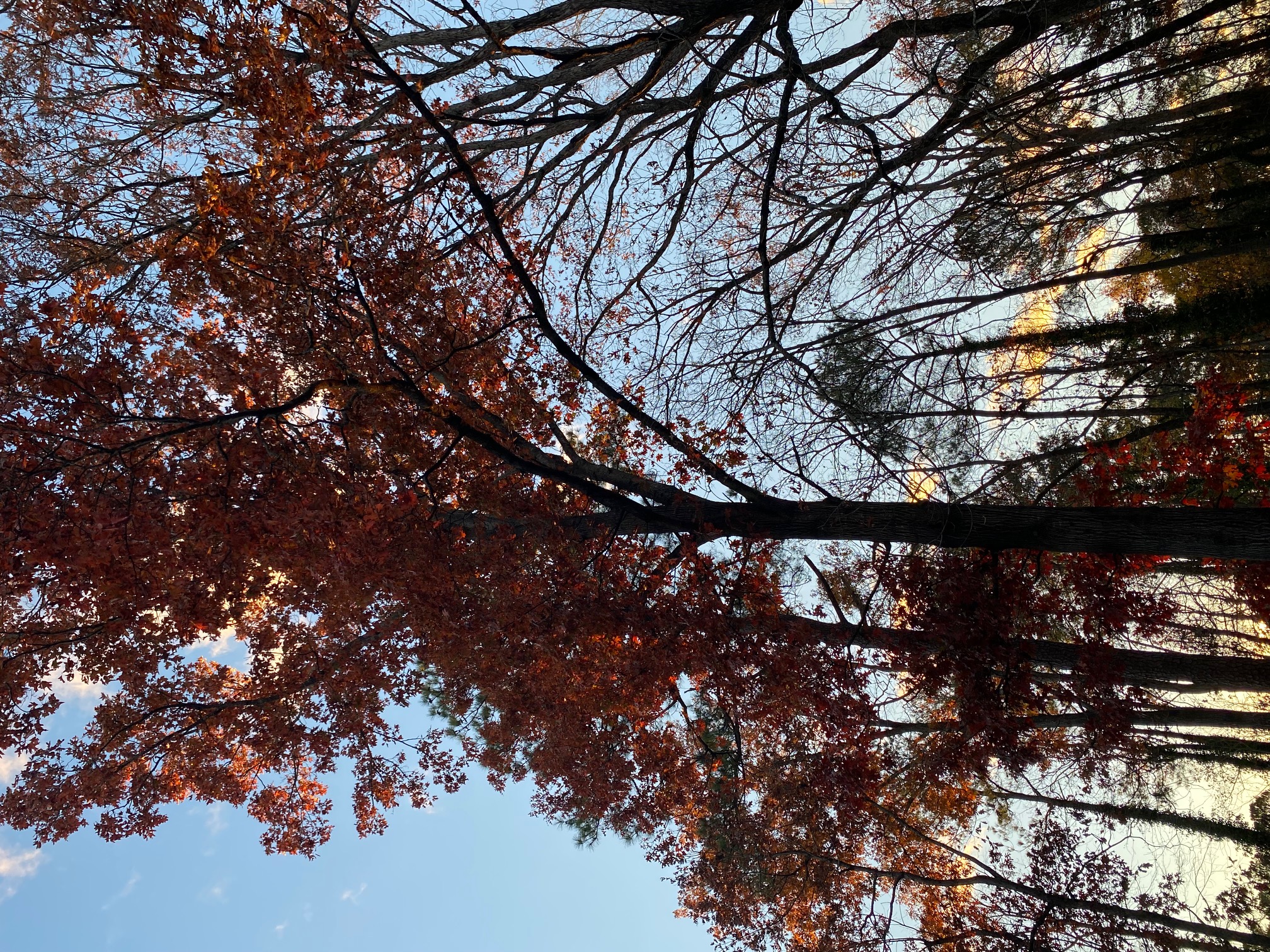|
Carya Tomentosa
''Carya tomentosa'', (mockernut hickory, mockernut, white hickory, whiteheart hickory, hognut, bullnut) is a tree in the Juglandaceae or walnut family. The most abundant of the hickories, common in the eastern half of the US, it is long lived, sometimes reaching the age of 500 years. A straight-growing hickory, a high percentage of its wood is used for products where strength, hardness, and flexibility are needed. The wood makes excellent fuel wood, as well. The leaves turn yellow in Autumn. The species' name comes from the Latin word ''tomentum'', meaning "covered with dense, short hairs," referring to the underside of the leaves, which help identify the species. Also called the white hickory due to the light color of the wood, the common name mockernut likely refers to the would-be nut eater, who would struggle to crack the thick shell only to find a small, unrewarding nut inside. Habitat Native range Mockernut hickory, a true hickory, grows from Massachusetts and New York w ... [...More Info...] [...Related Items...] OR: [Wikipedia] [Google] [Baidu] |
Charles Sprague Sargent
Charles Sprague Sargent (April 24, 1841 – March 22, 1927) was an American botanist. He was appointed in 1872 as the first director of Harvard University's Arnold Arboretum in Boston, Massachusetts, and held the post until his death. He published several works of botany. The standard botanical author abbreviation Sarg. is applied to plants he identified. Early life Sargent was the second son of Henrietta (Gray) and Ignatius Sargent, a Boston merchant and banker who grew wealthy on railroad investments. He grew up on his father's 130-acre (53-ha) estate in Brookline, Massachusetts. He attended Harvard College, where he graduated in Biology in the class of 1862. Sargent enlisted in the Union Army later that year, saw service in Louisiana during the American Civil War, and was mustered out in 1865. He traveled in Europe and Asia for three years. Career Having returned to his family's Brookline estate, "Holmlea", Sargent took over its management as a horticulturist, influence ... [...More Info...] [...Related Items...] OR: [Wikipedia] [Google] [Baidu] |
Pignut Hickory
''Carya glabra'', the pignut hickory, is a common, but not abundant species of hickory in the oak-hickory forest association in the Eastern United States and Canada. Other common names are pignut, sweet pignut, coast pignut hickory, smoothbark hickory, swamp hickory, and broom hickory. The pear-shaped nut ripens in September and October, has a sweet maple like smell, and is an important part of the diet of many wild animals. The wood is used for a variety of products, including fuel for home heating. Its leaves turn yellow in the Fall. Habitat Native range The range of pignut hickory covers nearly all of the eastern United States (11). The species grows in central Florida and northward through North Carolina to southern Massachusetts. It also grows north of the Gulf Coast through Alabama, Mississippi north to Missouri and extreme southeastern Iowa, and the Lower Peninsula of Michigan . The best development of this species is in the lower Ohio River Basin. It prevails over oth ... [...More Info...] [...Related Items...] OR: [Wikipedia] [Google] [Baidu] |
Flowering Dogwood
''Cornus florida'', the flowering dogwood, is a species of flowering tree in the family Cornaceae native to eastern North America and northern Mexico. An endemic population once spanned from southernmost coastal Maine south to northern Florida and west to the Mississippi River. The tree is commonly planted as an ornamental in residential and public areas because of its showy bracts and interesting bark structure. Classification The flowering dogwood is usually included in the dogwood genus ''Cornus'' as ''Cornus florida'' L., although it is sometimes treated in a separate genus as ''Benthamidia florida'' (L.) Spach. Less common names for ''C. florida'' include American dogwood, Florida dogwood, Indian arrowwood, Cornelian tree, white cornel, white dogwood, false box, and false boxwood. Two subspecies are generally recognized: Description Flowering dogwood is a small deciduous tree growing to high, often wider than it is tall when mature, with a trunk diameter of up to . A ... [...More Info...] [...Related Items...] OR: [Wikipedia] [Google] [Baidu] |
Eastern Hemlock
''Tsuga canadensis'', also known as eastern hemlock, eastern hemlock-spruce, or Canadian hemlock, and in the French-speaking regions of Canada as ''pruche du Canada'', is a coniferous tree native to eastern North America. It is the state tree of Pennsylvania. Eastern hemlocks are widespread throughout much of the Great Lakes region, the Appalachian Mountains, the Northeastern United States, and Maritime Canada. They have been introduced in the United Kingdom and mainland Europe, where they are used as ornamental trees. Eastern hemlock populations in North America are threatened in much of their range by the spread of the invasive Hemlock woolly adelgid, which infests and eventually kills trees. Declines in population from hemlock wooly adelgid infestation have led to ''Tsuga canadensis'' being listed as Near Threatened on the IUCN Red List. Eastern hemlocks are long lived trees, with many examples living for more than 500 years. They can grow to heights of more than , and are tol ... [...More Info...] [...Related Items...] OR: [Wikipedia] [Google] [Baidu] |
Eastern White Pine
''Pinus strobus'', commonly called the eastern white pine, northern white pine, white pine, Weymouth pine (British), and soft pine is a large pine native to eastern North America. It occurs from Newfoundland, Canada west through the Great Lakes region to southeastern Manitoba and Minnesota, United States, and south along the Appalachian Mountains and upper Piedmont to northernmost Georgia and perhaps very rarely in some of the higher elevations in northeastern Alabama. It is considered rare in Indiana. The Native American Haudenosaunee named it the "Tree of Peace". It is known as the "Weymouth pine" in the United Kingdom, after Captain George Weymouth of the British Royal Navy, who brought its seeds to England from Maine in 1605. Distribution ''P. strobus'' is found in the nearctic temperate broadleaf and mixed forests biome of eastern North America. It prefers well-drained or sandy soils and humid climates, but can also grow in boggy areas and rocky highlands. In mixed f ... [...More Info...] [...Related Items...] OR: [Wikipedia] [Google] [Baidu] |
Fraxinus Americana
''Fraxinus americana'', the white ash or American ash, is a species of '' ash tree'' native to eastern and central North America. The species is native to mesophytic hardwood forests from Nova Scotia west to Minnesota, south to northern Florida, and southwest to eastern Texas. Isolated populations have also been found in western Texas Texas (, ; Spanish language, Spanish: ''Texas'', ''Tejas'') is a state in the South Central United States, South Central region of the United States. At 268,596 square miles (695,662 km2), and with more than 29.1 million residents in 2 ..., Wyoming, and Colorado, and the species is reportedly naturalized in Hawaii. There are an estimated 8 billion ash trees in the United States – the majority being the white ash trees and the Fraxinus pennsylvanica, green ash trees. Characteristics The name white ash derives from the glaucous undersides of the leaves. It is similar in appearance to the green ash, making identification difficult. ... [...More Info...] [...Related Items...] OR: [Wikipedia] [Google] [Baidu] |
Maple
''Acer'' () is a genus of trees and shrubs commonly known as maples. The genus is placed in the family Sapindaceae.Stevens, P. F. (2001 onwards). Angiosperm Phylogeny Website. Version 9, June 2008 nd more or less continuously updated since http://www.mobot.org/MOBOT/research/APweb/. There are approximately 132 species, most of which are native to Asia, with a number also appearing in Europe, northern Africa, and North America. Only one species, ''Acer laurinum'', extends to the Southern Hemisphere.Gibbs, D. & Chen, Y. (2009The Red List of Maples Botanic Gardens Conservation International (BGCI) The type species of the genus is the sycamore maple, '' Acer pseudoplatanus'', the most common maple species in Europe.van Gelderen, C. J. & van Gelderen, D. M. (1999). ''Maples for Gardens: A Color Encyclopedia'' Maples usually have easily recognizable palmate leaves ('' Acer negundo'' is an exception) and distinctive winged fruits. The closest relatives of the maples are the horse c ... [...More Info...] [...Related Items...] OR: [Wikipedia] [Google] [Baidu] |
Yellow-poplar
''Liriodendron tulipifera''—known as the tulip tree, American tulip tree, tulipwood, tuliptree, tulip poplar, whitewood, fiddletree, and yellow-poplar—is the North American representative of the two-species genus ''Liriodendron'' (the other member is ''Liriodendron chinense''), and the tallest eastern hardwood. It is native to eastern North America from Southern Ontario and possibly southern Quebec to Illinois eastward to southwestern Massachusetts and Rhode Island, and south to central Florida and Louisiana. It can grow to more than in virgin cove forests of the Appalachian Mountains, often with no limbs until it reaches in height, making it a very valuable timber tree. The tallest individual at the present time (2021) is one called the Fork Ridge Tulip Tree at a secret location in the Great Smoky Mountains of North Carolina. Repeated measurements by laser and tape-drop have shown it to be in height. This is the tallest known individual tree in eastern North America. It ... [...More Info...] [...Related Items...] OR: [Wikipedia] [Google] [Baidu] |
Blackgum
''Nyssa sylvatica'', commonly known as tupelo, black tupelo, black gum or sour gum, is a medium-sized deciduous tree native to eastern North America from the coastal Northeastern United States and southern Ontario south to central Florida and eastern Texas, as well as Mexico. Names ''Nyssa sylvatica'' genus name, ''Nyssa'', refers to a Greek water nymph; the species epithet ''sylvatica'' refers to its woodland habitat. The species' common name, tupelo, is of Native American origin, coming from the Creek words ''ito'' "tree" and ''opilwa'' "swamp"; it was in use by the mid-18th century. While these trees are often known as simply "tupelo", the fuller name, black tupelo, helps distinguish it from the other species of the tupelo genus ''Nyssa'', some of which have overlapping ranges, such as water tupelo (''N. aquatica'') and swamp tupelo (''N. biflora''). The name "tupelo" is used primarily in the American South; northward and in Appalachia, the tree is more commonly called t ... [...More Info...] [...Related Items...] OR: [Wikipedia] [Google] [Baidu] |
Bur Oak
''Quercus macrocarpa'', the bur oak or burr oak, is a species of oak tree native to eastern North America. It is in the white oak section, ''Quercus'' sect. ''Quercus'', and is also called mossycup oak, mossycup white oak, blue oak, or scrub oak. The acorns are the largest of any North American oak (thus the species name ''macrocarpa'', from Ancient Greek "large" and "fruit"), and are important food for wildlife. Description ''Quercus macrocarpa'' is a large deciduous tree growing up to , rarely , in height, and is one of the most massive oaks with a trunk diameter of up to ; reports of taller trees occur, but have not been verified. It is one of the slowest-growing oaks, with a growth rate of per year when young. However, one source states that a well-established tree can grow up to per year. A 20-year-old tree will be about tall if grown in full sun. Naturally occurring saplings in forests will typically be older. Bur oaks commonly get to be 200 to 300 years old, and ma ... [...More Info...] [...Related Items...] OR: [Wikipedia] [Google] [Baidu] |
Post Oak
''Quercus stellata'', the post oak or iron oak, is a North American species of oak in the white oak section. It is a slow-growing oak that lives in dry areas on the edges of fields, tops of ridges also grows in poor soils, and is resistant to rot, fire, and drought. Interbreeding occurs among white oaks, thus many hybrid species combinations occur. The species is native to the eastern and central United States, and found along the east coast from Massachusetts to Florida, and as far inland as Nebraska. It is identifiable by the rounded cross-like shape formed by the leaf lobes and hairy underside of the leaves. Description Post oak is a relatively small tree, typically tall and trunk in diameter, though occasional specimens reach tall and in diameter. The leaves have a very distinctive shape, with three perpendicular terminal lobes, shaped much like a Maltese cross. They are leathery, and tomentose (densely short-hairy) beneath. The branching pattern of this tree often g ... [...More Info...] [...Related Items...] OR: [Wikipedia] [Google] [Baidu] |
Scarlet Oak
''Quercus coccinea'', the scarlet oak, is a deciduous tree in the red oak section ''Lobatae'' of the genus ''Quercus'', in the family Fagaceae. It is primarily distributed in the central and eastern United States. It occurs on dry, sandy, usually acidic soil. It is often an important canopy species in oak–heath forests. The scarlet oak is the official tree of Washington, D.C. Description ''Quercus coccinea'' is a medium to large deciduous tree growing to around with an open, rounded crown; the maximum height is approximately . The trunk diameter at breast height is typically It is a medium-size tree that grows fast and matures relatively early. It sets a deep growing taproot. The leaves are glossy green, long and broad, with seven lobes, and deep sinuses between the lobes. Each lobe has 3–7 bristle-tipped teeth. The leaf is hairless (unlike the related pin oak (''Q. palustris''), with tufts of pale orange-brown down where the lobe veins join the central vein). The ... [...More Info...] [...Related Items...] OR: [Wikipedia] [Google] [Baidu] |


.jpg)


.jpg)





